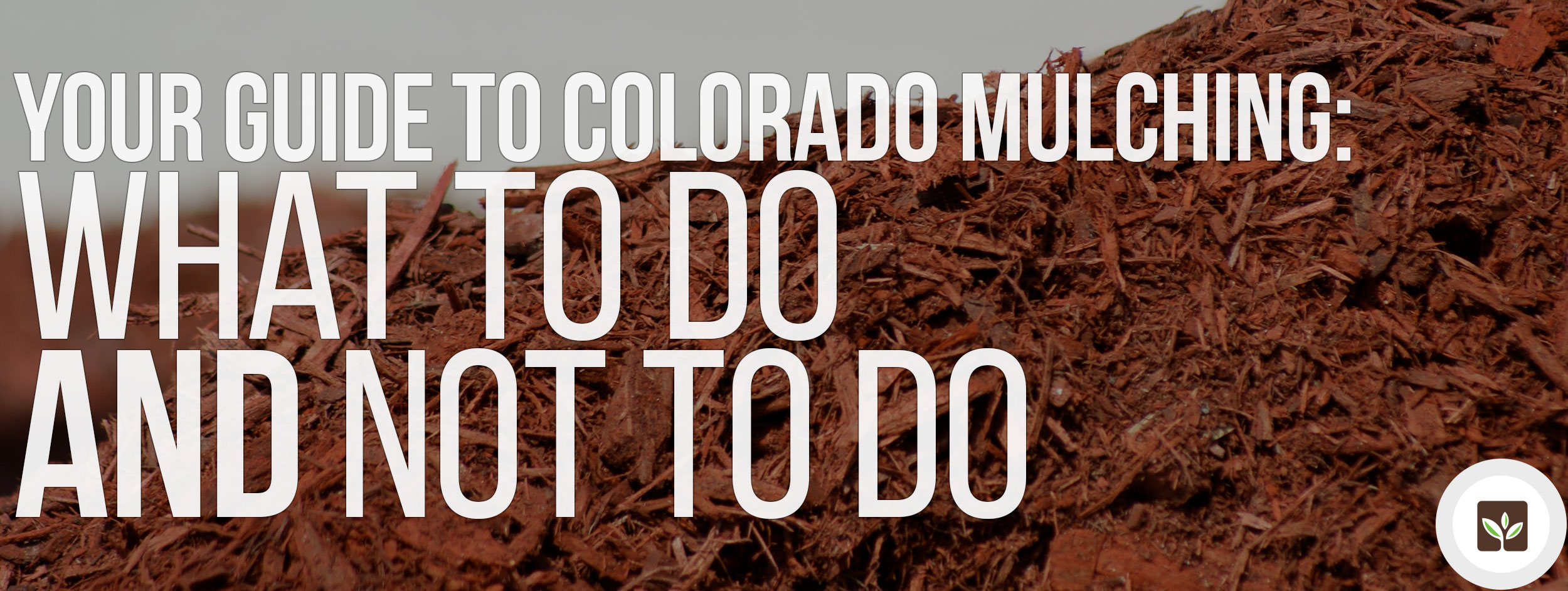
Your Guide to Colorado Mulching: What to Do and Not To Do
You may think that it’s easy to go out and buy a bag of mulch, then spread it over your gardens to create the perfect-looking landscapes. With mulch delivery and mulch installation, you can get the right mulch year-round for your lawn and garden plants.
Manual mulch installation can be a pain, which is why hiring a mulch blower service is preferred. These services also provide the correct mulch type for your different gardens and trees.
Some mulch can cause problems for vegetables, while others dry out and burn roots. The best mulch conserves moisture, reduces ground erosion, keeps your seeds in place, and prevents weeds from sprouting.
So if you have suffered some setbacks with mulch, this guide provides some expert information to turn your landscaping around and use the best practices for mulching.
Use Mulch As an Accent
When you spot mulch being used in landscaping, lawns typically look healthier and more pristine. This is because mulch can help you organize, isolate, and decorate different parts of your lawn. You can pick up red pine mulch to complement the exterior colors of your home, and it contrasts well with flowers. There’s also brown, black, and light wood mulch. You can choose what type of theme you want to create with your landscaping just by the color of your mulch.
Look at the Bigger Picture of Your Landscaping
Too much mulch can create an eyesore and stifle your shrubs, though. You should take in your landscape from a distance and note areas where you want to add color on the ground or isolate a particularly beautiful tree or flowering plant. You should design landscapes so that your shrubs also cover the soil as much as possible, providing your lawn with complete vegetation cover. You can then use mulch around these areas to control moisture and add decor.
Tidy Up and Replenish Your Mulch
One thing that landscapers recommend is that you clean up your beds and remove older mulch when you replenish. Since mulch may be added in layers, you could have buildup mold and constricted your plants with older layers of mulch underneath. In addition, some types of mulch take longer to decompose and may suffocate your soil if not removed before adding a new layer.
Try Different Mulches
There are so many textures and colors to play with when it comes to hardwood and softwood chips. There’s also pine straw and cocoa chips. If you want a new look, then you should check out all of the options and use something different to see how it will help your garden too. Cocoa bean shells also have the best scent!
Don’t Go Overboard with Layering Mulch
You only need about three inches of hardwood or softwood chips to supply your beds with moisture and prevent weeds. You should mulch twice a year according to landscaping experts. With the right amount each time, you’ll be able to retain moisture in your gardening beds, which means you don’t need to irrigate as much.
Add Mulch Around Trees
You can protect the trunks of your trees by adding a layer of mulch around the base, especially if it is a younger, freshly planted tree. Mulch rings also reduce threats from other plants and provide moisture.
Don’t Use the Wrong Type of Mulch
There are several types of mulch for different areas of your landscape. Organic mulch works best for most gardening beds, trees, and shrubs. However, inorganic mulch like lava rocks or rubber is best for pathways, walkways, and playground mulch. If you use stones in your garden, you could be beating up the soil too much in certain seasons. That’s why it’s best to use hardwood or softwood chips around your plant beds.
It’s Time to Get to Mulching
The biggest pitfall with mulching is adding too many thick layers. You want your soil to be able to breathe while still retaining moisture and keeping your soil the right temperature. If you find that your plants aren’t growing as well or seem to be drying out, then you may need to aerate and choose a different mulch.
Categories: Colorado Mulch Installation, Mulch Benefits | Tags: Colorado Mulch Installation, Landscaping Mulch, Mulch Benefits